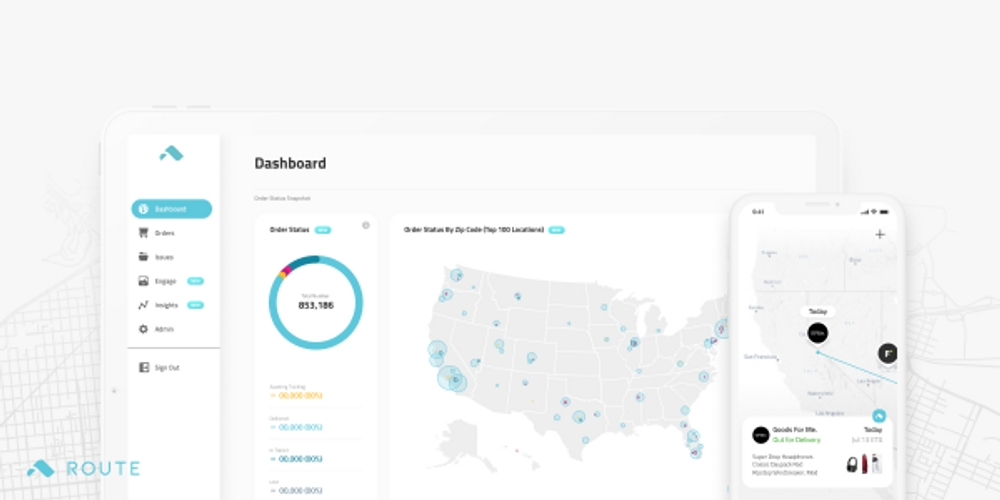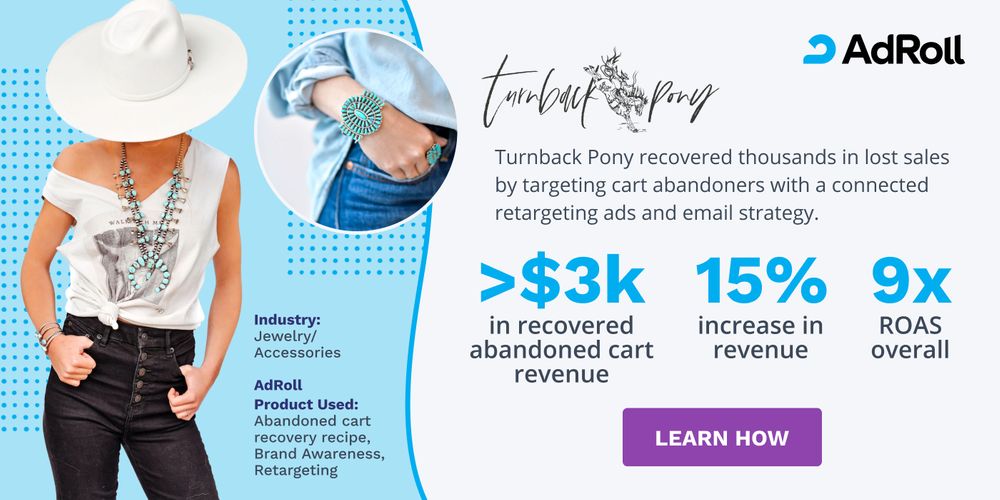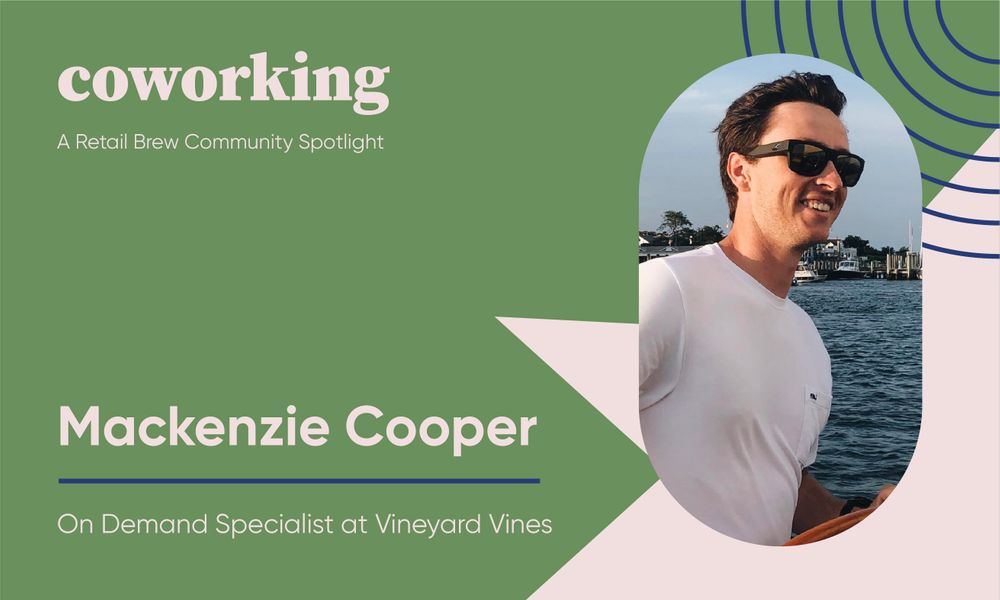|
Happy Wednesday. We’ve got a lot of great stuff for you all week long—in the middle of an IPO filing frenzy—so let’s jump right in.
In today’s edition:
- Black-owned businesses reflect
- ThredUp’s resale report
- McDonald’s
 loyalty loyalty
—Katishi Maake, Julia Gray
|
|
|
|
The murder of George Floyd stirred a critical conversation around race in America. In retail, that led to a push to support Black-owned businesses—from campaigns like The 15 Percent Pledge to accelerator programs, to lists of brands to buy from, and more.
A year later, some entrepreneurs have mixed feelings on the efforts. We spoke to the founders of four Black-owned businesses about how they navigated the flood of attention.
Sophia Demirtas, founder of apparel brand Fanm Mon, said things “literally went from zero to a hundred within weeks.” She told Retail Brew she was very deliberate in selecting which brands to partner with, since for years she had attempted to collaborate with larger companies and rarely heard back.
- “It was very important to me to remain true to some of the small boutiques who have supported the brand when these big platforms sometimes didn’t even open my emails,” Demirtas said.
Mixed Chicks also saw a boost—and an emphasis from its big-name partners. Ulta Beauty highlighted the brand’s hair care products on Instagram, and cofounder Kim Etheredge noticed that retailers she works with, like Kroger and Meijer, are “making room for more Black-owned, Black-founded, and Black-led products.”
“The companies and mass retailers who stood up were very well aware that this could affect their bottom line,” Etheredge told us.
Denise Woodard of Partake Foods felt guilty her vegan cookie company received so much attention, since it had been doing well before (and during) the pandemic.
- “I also felt a little slimy because it felt very performative—like we were the same brand selling the same products we were selling the day before, and then someone was murdered and all of a sudden people had an interest.”
She said revenue rose tenfold in the past year, after growing 900% from 2019 to 2020.
Ultimately, Woodard focused on the fact that the conversation around Black-owned businesses was long “overdue.” Partake is among the participants in Instacart’s new ad initiative to boost Black-owned CPG brands in its marketplace.
That overdue conversation is why Keenan Beasley, founder of Sunday II Sunday, didn’t feel any awkwardness about the added attention. The haircare startup launched on the 99th anniversary of the Tulsa race massacre, a few days after George Floyd’s murder.
- The company had 1+ billion organic impressions on social media from launch through the end of November, and Beasley said it exceeded its first-year revenue goals by 25%.
“When you have these shifts in [response to] these horrific acts that play out, we have to ensure that, as Americans, we don’t have such short memories and we see things through. That's the challenge that we're in now,” Beasley told us.
Click here to read more of our conversation with the four founders about what needs to be done to further support Black entrepreneurs.—KM
|
|
|
Giphy
|
You can drop hundreds on a new Comme des Garçons T-shirt—or you could thrift for it. Increasingly, consumers want to try the latter.
By 2025, the secondhand market is expected to double from $36 billion this year to $77 billion, according to ThredUp’s just-released report on resale (conducted with GlobalData).
- Resale is the major driver of the increase, and is projected to make up 61% of the secondhand market by then.
- It will grow 11x faster than the overall apparel industry, per the report.
Top of mind: Companies see that customers are looking for cheaper, more sustainable alternatives, ThredUp President Anthony Marino told Retail Brew.
60% of retailers offer or are open to offering secondhand, the report said, and we’ve seen deals aplenty lately.
-
Etsy agreed to acquire Gen Z fav Depop—which has ~30 million users in ~150 countries—for $1.6+ billion, while Rent the Runway is entering resale (no membership required) as a way of bouncing back from the pandemic.
“There's a younger generation that's adopting secondhand very quickly,” Marino said, sharing that more than 40% of millennials and Gen Z shoppers bought used apparel, shoes, and accessories in the past 12 months.
The big picture: The pandemic juiced resale into a force with staying power. 33 million people shopped secondhand for the first time in 2020, the report said. And across the board, 42% of consumers plan to devote more $$ to secondhand in the next five years—the biggest category shift in spending.—KM
|
|
|
|
They say there’s no such thing as perfect, but we’re not buying it. Because when it comes to giving customers an A+ post-purchase experience, you don’t have to look far.
You just gotta look right here—at Route.
Their Visual Tracking™ and premium order protection saves time, cuts down on customer service costs, and reduces WISMO inquiries.
And if you’re not feeling the power of Route’s perfection quite yet, consider this:
In other words, shipping and delivery are more important than ever before, and Route can help you give your customers the best post-purchase experience out there.
Schedule a demo with Route today.
|
|
|
|
You want fries with that burger? That’ll be 1,500 points. Yesterday, McDonald’s announced its first-ever US loyalty program will launch on July 8 after months of testing.
Rewarding opportunities: As the pandemic hastened the shift to digital, fast food chains like Mickey D’s are doing what they can to keep loyal customers lovin’ it.
-
McDonald’s US President Joe Erlinger told analysts in April that digital sales hit nearly $1.5 billion during the first quarter; the new loyalty program could help that number surge even higher.
Chipotle, which yesterday shared more rewards options for its program, boasts 22.9 million loyalty members. Meanwhile, Wendy’s, Taco Bell, and Burger King all rolled out new programs in the past year.
Let’s get personal: Loyalty programs aim to center the customer, personalize their purchases (McDonald’s will email tailored deals and discounts and refer to loyalists by name in the drive thru lane, for example), and retain their digital engagement—and get them to spend more $$$.
According to an International Journal of Research in Marketing study, companies that introduce loyalty programs experience an average 7% increase in total sales in the first year, and an 11% increase three years down the line.
Loyalty check: Our friends at Marketing Brew recently reported on what makes a good loyalty program. At the top of the list? Simplicity.
-
"If your customers don’t know how to use your loyalty program, then you’re doing it wrong," Klarna’s Head of Global Shopping Growth Marketing, Jon Chang, told Marketing Brew.—JG
|
|
|
|
They taught a pony how to gallop. AdRoll helped Turnback Pony, an e-commerce focused jewelry brand, grow with integrated advertising and email campaigns. Take a gander at those blue ribbon numbers. Thanks to AdRoll, Turnback Pony recovered more than $3,000 in abandoned carts in just one month. See what else AdRoll can do here.
|
|
|
Today’s top retail reads.
Model behavior: The rise and fall of Victoria’s Secret’s iconic, controversial Angels. (NYT)
Curate and conquer: Meet the company that provides retailers with everything they need to open and operate brick-and-mortar shops. (WSJ)
All that glitters: China’s $880 million “silver economy” is booming, and youth-focused retailers are missing out. (BoF)
|
|
|
|
On Wednesdays, we wear pink spotlight Retail Brew's readers. Want to be featured in an upcoming edition? Click here to introduce yourself.
After a few years of learning the ropes at Vineyard Vines, Mackenzie Cooper is now an on demand specialist with the company. And, well, we’ll let him explain.
Describe your job to someone who doesn’t work in retail. My job is to use relevant themes and events that are going on in the world and our community to create limited edition product collections. In doing so, we can target and acquire new customers who previously weren't aware of our brand by marketing to their unique interests.
Something we can’t guess about your role from LinkedIn: What it is that I actually do! My role is brand new and not totally self explanatory. I have to break it down for most people who ask.
What’s an emerging retail trend you’re bullish on? Any and all developments in frictionless shopping. Quicker checkouts, easier ways to pay, and less time spent shopping are all things I get excited about. I am not big on browsing or spending long periods of time in stores.
Hands down, the best fast food chain is...Shake Shack—not even close.
|
|
|
|
NRF Retail Converge is in full swing, and we’ve got you covered with two special editions of Retail Brew this week. Check out our conversation with Matt Cleary, TikTok’s director of retail and dining global business solutions, on WTF retailers should do to turn heads on the platform.
Stay tuned for more tomorrow.
|
|
|
Enjoying the newsletter? Share it with your network to take advantage of our rewards program.
When you reach 3 referrals, you'll be invited to Monthly Exclusive Events with our co-founder Alex and the biggest names in business.

Hit the button below to learn more and access your rewards hub.
Click to ShareOr copy & paste your referral link to others:
morningbrew.com/retail/r/?kid=303a04a9
|
|
|
Catch up on the Retail Brew stories you may have missed.
|
|
|
Written by
Julia Gray and Katishi Maake
Illustrations & graphics by
Francis Scialabba
Was this email forwarded to you? Sign up here.
|
ADVERTISE // CAREERS // SHOP // FAQ
Update your email preferences or unsubscribe here.
View our privacy policy here.
Copyright © 2021 Morning Brew. All rights reserved.
22 W 19th St, 8th Floor, New York, NY 10011
|
|











